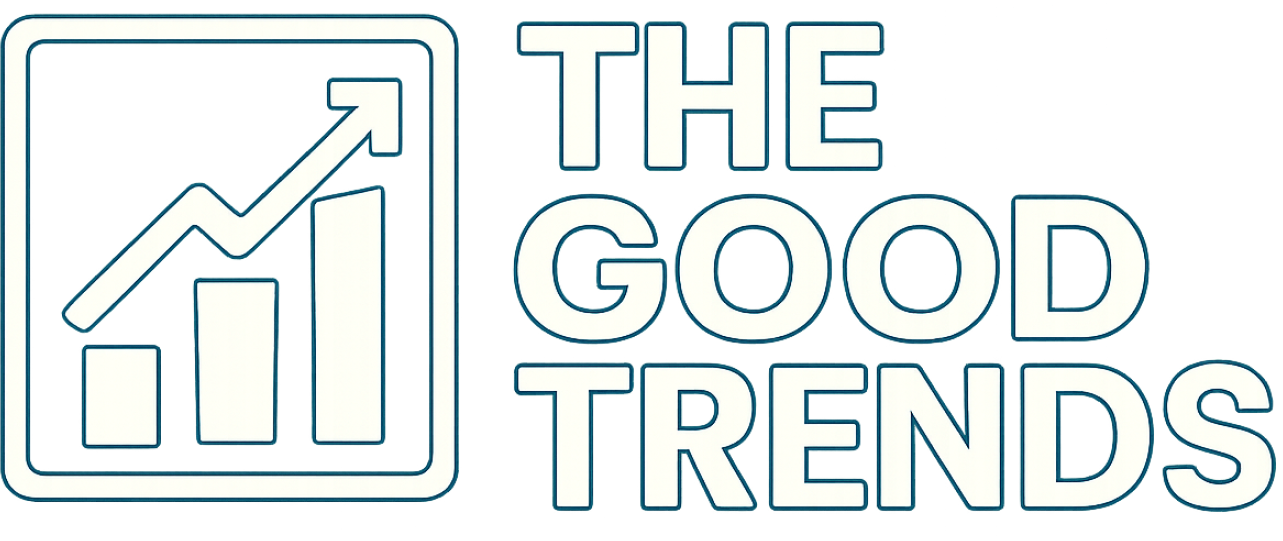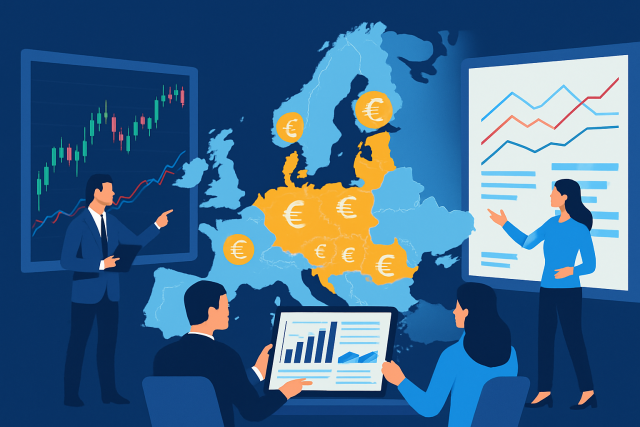
What is the Eurozone in Trading?
Discover the Eurozone’s role in global markets and trading. This article explains its structure, mon...
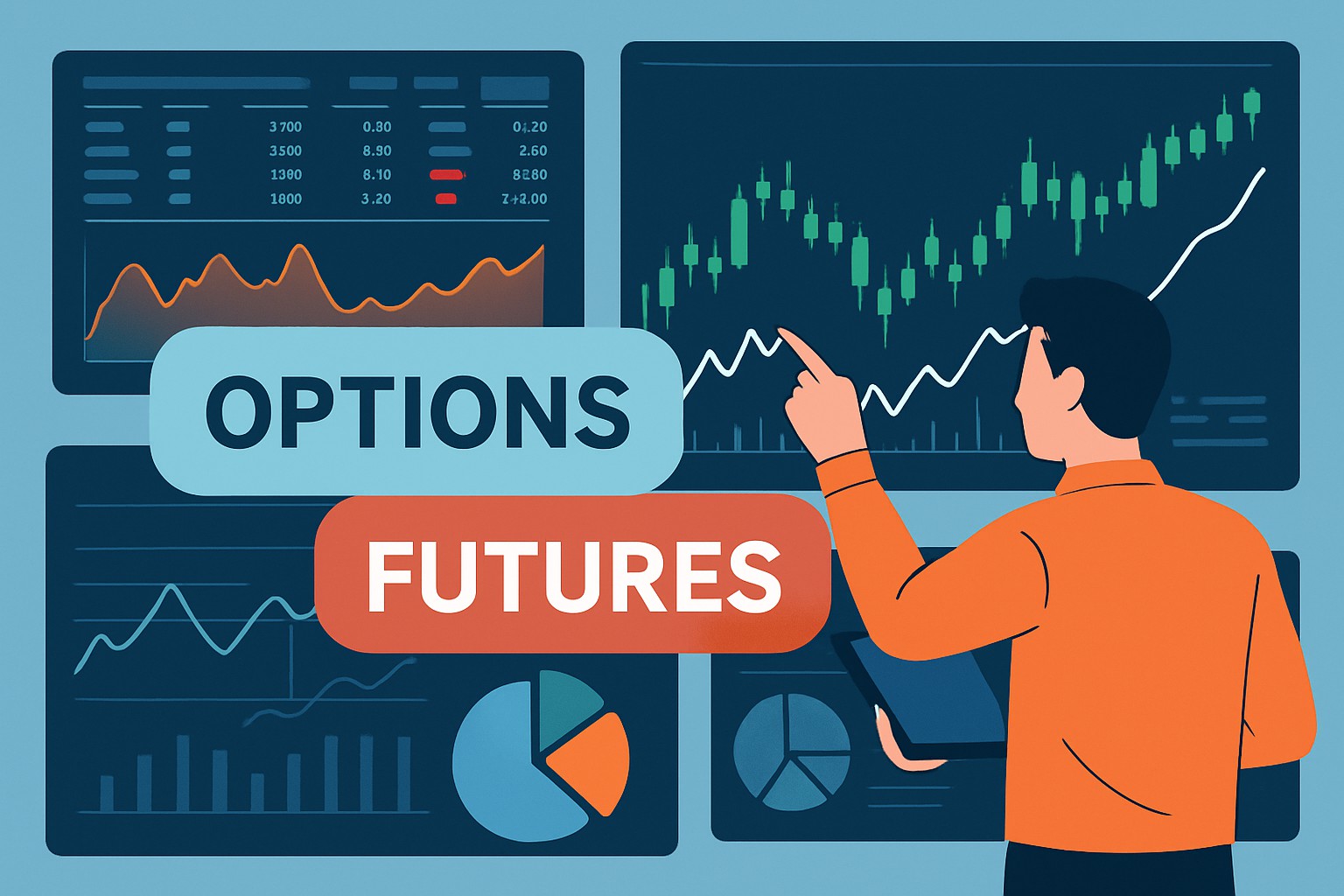
Options and futures trading are two main types of derivative instruments that traders and investors use to manage risk, speculate on price swings and increase leverage. While both fall under derivatives, options give you the right but not the obligation to buy or sell an asset at a predetermined price within a certain timeframe—kind of like having your cake and deciding later whether to eat it. Futures contracts, in contrast, lock you into buying or selling the asset when the contract expires, no ifs or buts.
| Feature | Options | Futures |
|---|---|---|
| Contract Nature | Grants the right, but not the pesky obligation, to buy or sell | Requires the buyer or seller to actually follow through on the contract at maturity |
| Contract Size | Can vary quite a bit depending on the underlying asset and option type | Usually standardized by the exchange, making things a bit more predictable |
| Obligations | Buyer shells out a premium upfront; seller sits with the risk of assignment | Both parties are on the hook to meet the contract terms, no backing out |
| Risk Exposure | Buyers face limited risk (just the premium paid); sellers, on the other hand, carry unlimited risk | Both sides carry unlimited risk until you close out or the contract runs its course |
| Premium Cost | Requires forking over a premium upfront | No premium needed, but you do have to put up a margin deposit |
| Settlement | Might be cash-settled or involve physical delivery, depending on the option | Can mean physical delivery or a cash settlement, depending on the deal |
| Expiration Dates | Comes with specific expiration dates and often more than one option to pick from | Follows fixed quarterly or monthly expiration cycles, so the calendar's your guide |
| Typical Use Cases | Often the go-to for hedging, speculation, or income generation | Commonly used to hedge commodity or financial risks, and also to speculate a bit |
| Margin Requirements | Can vary but generally kinder on your wallet than futures margins | Requires heftier initial and maintenance margin deposits, so be ready |
| Leverage | Leverage stems from the premium paid and delta exposure | Leverage depends on those margin deposits you put up |
Options contracts grant the holder the right—but not the obligation—to buy (call option) or sell (put option) an underlying asset at a predetermined strike price before or when the contract expires. In contrast, futures contracts lock both buyers and sellers into completing the transaction at a specific price and date.
Both options and futures offer leverage but the risks they bring are quite different. Buyers of options usually only risk losing the premium they paid, which provides a bit of a safety net. On the other hand, sellers can face potentially unlimited losses if the market moves unexpectedly. With futures, traders need to stay alert and keep up with margin requirements because margin calls can sometimes require additional capital without warning.
Options and futures open the door to a mix of strategies from simple hedges to intricate income-driven and speculative plays. With options you can craft clever combos like spreads and straddles that offer a nuanced way to get your feet wet in the market. Futures tend to shine brightest when you make clear directional bets or hedge physical commodities or financial instruments, often using calendar spreads and arbitrage techniques.
Liquidity and accessibility often play a huge role in trading success when weighing options versus futures. Options markets offer a wide range of choices with many strike prices and expiration dates to choose from, but you will notice the spreads can widen considerably for contracts that do not see much activity. On the other hand, futures markets tend to be more centralized and usually have deep liquidity. However, be prepared for larger margin deposits and possibly higher commissions depending on your broker. Trading hours also vary significantly. Futures often run nearly 24 hours a day, which is a real benefit for global traders seeking nonstop exposure and lower trading costs.
| Cost Component | Options Trading | Futures Trading |
|---|---|---|
| Commissions | Moderate and can swing depending on your broker and how much you trade | Usually lower per contract, but don’t be surprised if it varies a bit |
| Bid-Ask Spreads | Tend to be wider for options that are far out-of-the-money, kind of like the price of a ticket to a niche concert | Generally tighter spreads, thanks to the higher liquidity keeping things brisk |
| Margin Requirements | You’ll need to cough up the premium upfront; some sellers might also have to meet margin calls | Typically involves higher initial and ongoing margin requirements, so plan accordingly |
| Additional Fees | Includes exchange and clearing fees, which can quietly add up | Exchange and clearing fees here often run lower, giving your wallet a slight breather |
| Trading Hours | Limited to regular exchange hours with a few extended sessions tossed in | Trades nearly 24 hours a day, 5 days a week on many futures exchanges, perfect for night owls |
| Accessibility | Open through most retail brokerage accounts, pretty straightforward to get started | Mainly accessed via specialized futures platforms, requiring a bit more know-how and setup |
Successful options and futures trading hinges on having reliable market data alongside charting and technical analysis tools you can trust. Traders often lean on platforms that offer detailed intraday data and volatility metrics with sharp pattern recognition to catch sweet spots for entry and exit.
This comparison lays out the key features and pricing of two leading market analysis platforms, aiming to shine a light on their core differences so traders can make up their minds a bit easier.
| Criteria |  |  |
|---|---|---|
| Pricing | Pro+ at $19.95 a month, Premium for $39.95 a month, and Elite ringing in at $59.95 a month | Standard plan goes for $49.99 a month, Pro at $79.99, and the Elite package rounds up at $129.99 a month |
| Charting and Technical Analysis | A well-rounded, user-friendly charting experience with plenty of indicators and customizable options to suit your style | Highly sophisticated automated charting that leans heavily on AI-powered pattern recognition, making your analysis feel almost effortless |
| Automation and Alerts | Basic alerts are there when you need them, though it doesn’t quite stretch into the realm of advanced AI-driven pattern detection | A solid alert system coupled with automated trading signal generation that keeps you ahead of the curve |
| User Experience | Welcoming for beginners, even if the interface can feel a bit like drinking from a firehose at first glance | Generally user-friendly, but be warned — there’s a steeper learning curve lurking, especially if you’re new to this kind of tool |
| Community and Collaboration | A lively global community buzzing with social networking features that really help keep things social | Not much in the way of social bells and whistles here since the emphasis is firmly on automation and AI wizardry |
| Target Audience | From newbies finding their feet to seasoned traders who thrive on community and interaction | Perfectly suited for active traders who crave data-driven, automated analysis and are comfortable with a bit more complexity |
| Pros and Cons | Pros are intuitive tools and a robust user base; cons include paywall restrictions and a somewhat limited focus on fundamental data | Strengths include powerful automation and top-notch pattern recognition; the drawbacks come in the form of a higher price tag and increased complexity |
| Go to TradingView Website | Go to TrendSpider Website |


TradingView and TrendSpider are two of the top platforms offering traders powerful tools for advanced analysis. TradingView shines thanks to its bustling community where ideas flow freely along with social features and a wide collection of technical indicators that are handy for options traders. On the other hand, TrendSpider offers smart AI-driven automatic technical analysis and pattern recognition tailored for futures traders who want precise and customizable tools.
Regulatory oversight plays a key role in keeping both options and futures markets on a level playing field. Think of it as the referee making sure everyone sticks to the rules, protecting investors and monitoring margin requirements and disclosure practices. Typically, options fall under the watchful eyes of the SEC and FINRA while the Commodity Futures Trading Commission (CFTC) takes charge of futures. When it comes to settling up, options usually wrap things up in cash unless someone decides to go the physical delivery route. Futures contracts can either call for physical delivery or settle in cash depending on the asset and the contract's fine print.
[thumbnail-image attributes={"prompt":"infographic comparing options and futures trading features, highlighting differences in contract structure, risk, capital, strategies, market cost, and regulations","description":"Visual infographic summarizing key differences between options and futures trading"} end]
When it comes to choosing between options and futures trading, it boils down to your personal risk tolerance, how much capital you’re willing to put on the line, the complexity of your game plan and what markets catch your eye. Options usually win points for their flexibility and defined risk limits. They make a solid pick for income strategies and hedging—kind of like having a safety net. Futures, by contrast, give you a more straightforward ride with direct exposure and powerful leverage. This is why they tend to be the go-to in commodity and financial markets.
TradingView stands out as a robust platform for technical analysis and social trading, blending advanced charting capabilities with a lively global community and seamless brokerage integration. Sure, the premium pricing and learning curve could be a sticking point for some, but for active traders who live and breathe technical strategies, it offers solid bang for the buck along with handy device support.
Ideal for traders and investors chasing advanced charting features, collaborative market insights, and smooth broker integration—especially those who put technical analysis front and center rather than fundamental research.

Are you tired of juggling multiple tools for your trading needs? TradingView is the all-in-one platform that streamlines your analysis and decision-making.
With its powerful charting capabilities, real-time data, and vibrant community, TradingView empowers traders like you to stay ahead of the market. Join thousands who trust TradingView for their trading success.

As a dedicated trader, you know the power of technical analysis in navigating the financial markets. TrendSpider is the cutting-edge tool you need to take your trading strategies to new heights. With its advanced charting capabilities and automated pattern recognition, TrendSpider empowers you to make informed decisions faster.
23 posts written
Driven by a passion for uncovering the hidden patterns that underlie market dynamics, Isla Wyndham brings a unique perspective to the realm of trading, blending quantitative analysis with a keen intuition for human behavior.
Read Articles
Discover the Eurozone’s role in global markets and trading. This article explains its structure, mon...
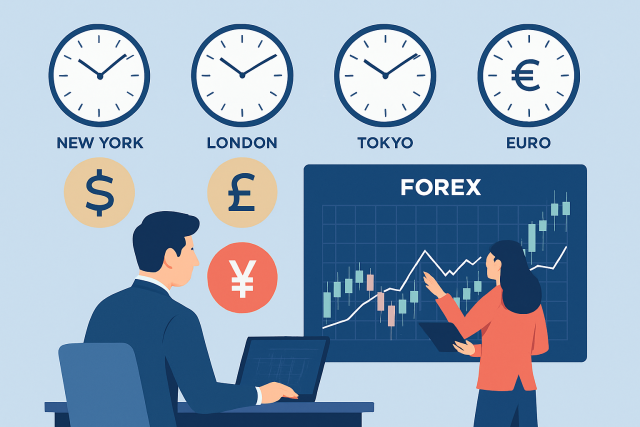
Explore the ins and outs of currency exchange market hours. Understand how global trading sessions,...
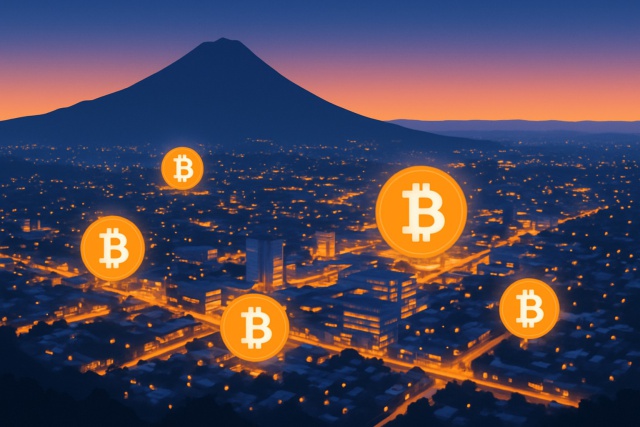
El Salvador's adoption of Bitcoin as legal tender marks a groundbreaking experiment in national curr...

Discover what IOUs mean in finance, their role as informal debt acknowledgments, and how understandi...
